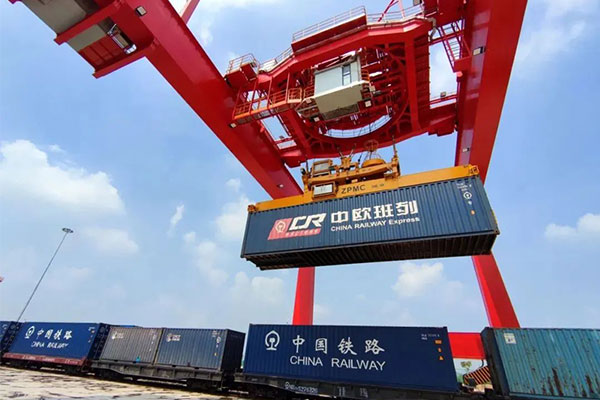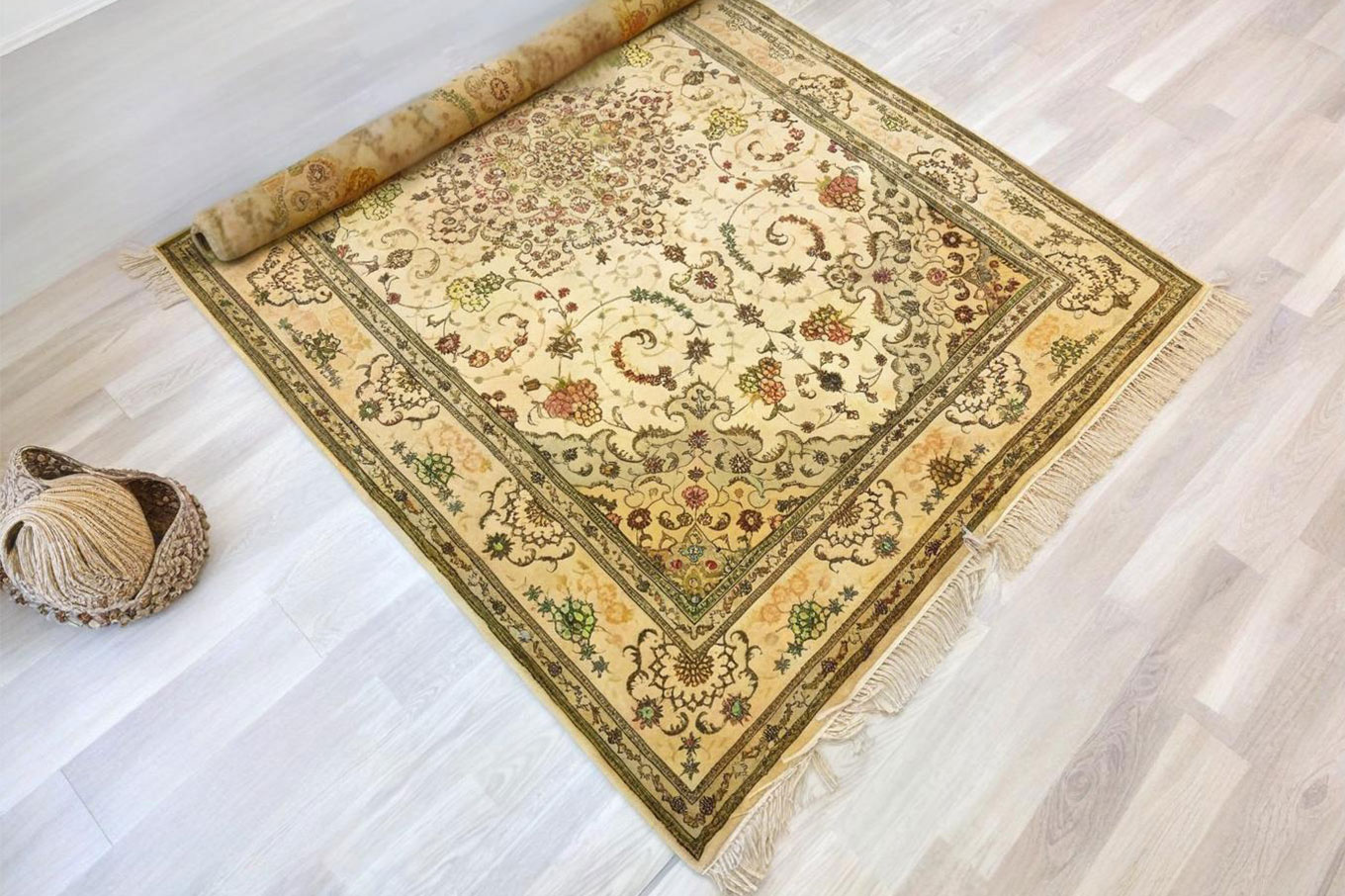- Shanghai Zhongshen International Trade Co., Ltd. - Two decades of trade agency expertise.
- Service Hotline: 139 1787 2118

In todays increasingly frequent global trade, exporting lamps to the Russian market has broad prospects, but at the same time, a series of strict standards need to be met.
I. Safety Standards
Electrical safety
– Lighting fixtures must meet specific electrical insulation requirements. Russian standards stipulate that insulation resistance must comply with specified values to prevent electric shock risks. For example, ordinary household fixtures should maintain minimum resistance values in normal conditions, with additional safety indicators for humid environments.
– Grounding protection is critical. Conductive parts like metal casings must have reliable grounding connections, requiring clear and secure wiring during design and manufacturing to ensure safe current diversion during faults, protecting users and property.
- The shell material of lamps needs to have certain fire - resistant properties. Since lamps may generate heat during use, if the shell material is flammable, it is likely to cause a fire. Russia stipulates that the combustion grade of the lamp shell material must meet the corresponding standards. For example, under a specific fire source test, the burning speed of the shell material cannot be too fast, and it cannot produce excessive toxic smoke.
– Materials must meet fire resistance standards. Casing materials flammability ratings must comply with Russian fire safety regulations. For example, fixtures installed in public spaces or near flammable materials must use flame-retardant or non-flammable materials to prevent overheating-related fires.
Lamps generate electromagnetic radiation during operation and also need to be able to resist external electromagnetic interference. In the Russian market, lamps must comply with electromagnetic compatibility (EMC) standards.
Lamps should not generate excessive electromagnetic interference during operation. Russia requires that within the specified frequency range, the electromagnetic radiation intensity of lamps should be controlled within certain limits. This is to ensure that lamps do not interfere with surrounding electronic devices such as radios, televisions, and communication equipment during use.
At the same time, lamps themselves should also have certain electromagnetic interference resistance. In the presence of external electromagnetic interference sources, lamps should be able to work normally without flickering, extinguishing, or other abnormal conditions. For example, in some industrial environments with more electromagnetic interference sources, lamps must be able to resist these interferences and maintain stable lighting functions.
With the increasing emphasis on energy conservation and environmental protection, Russia has also put forward requirements for the energy efficiency of lamps.
Russia has clear requirements for the energy efficiency of lamps. The energy efficiency label of lamps must be accurate, indicating energy - efficiency - related parameters such as luminous efficacy and power factor. For example, for LED lamps, their luminous efficacy must reach a certain value to be allowed to enter the Russian market.
Low - energy - efficiency lamps may be restricted or prohibited from import. This is a measure taken by Russia to promote energy conservation and environmental protection. Lamp manufacturers need to continuously improve the energy efficiency of lamps, adopt advanced lighting technologies such as high - efficiency LED chips and optimized optical design to meet Russias energy - efficiency standards.
IV. Product Labeling and Packaging Standards
Product Labeling
– Products must clearly display basic information in Russian or bilingual formats (e.g., English), including manufacturer name, model, rated voltage/power, and light source type, ensuring Russian consumers understand performance and usage requirements.
– Special-purpose fixtures (e.g., explosion-proof or waterproof) must display corresponding ratings.
Packaging Standards
– Packaging must protect fixtures during transit using environmentally compliant materials per Russian regulations. Labels should include weight, dimensions, and fragility indicators, designed to meet local logistics and storage requirements.
To successfully export lamps to Russia, enterprises must deeply understand and strictly abide by these standards. This not only helps to smoothly enter the Russian market, but also improves the competitiveness of products in the Russian market and builds a good brand image.
Related Recommendations
? 2025. All Rights Reserved. Shanghai ICP No. 2023007705-2  PSB Record: Shanghai No.31011502009912
PSB Record: Shanghai No.31011502009912










